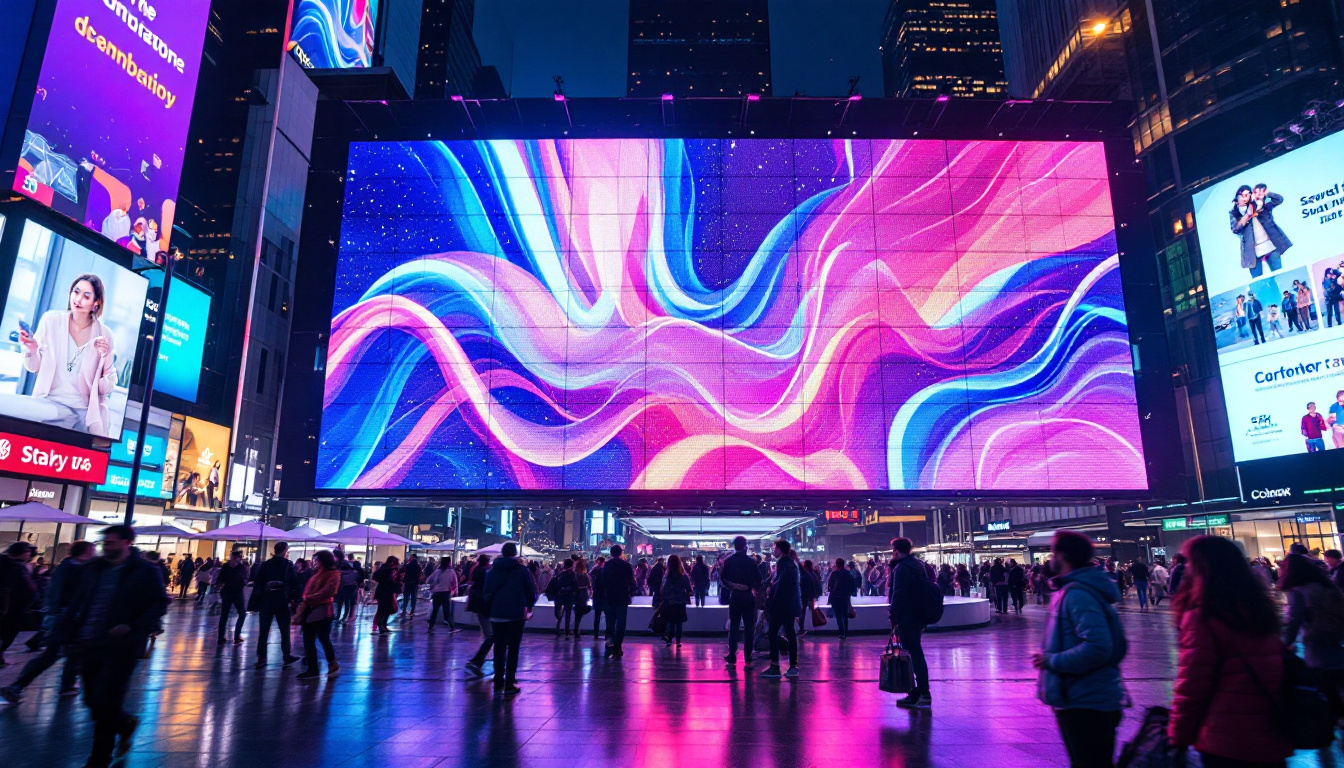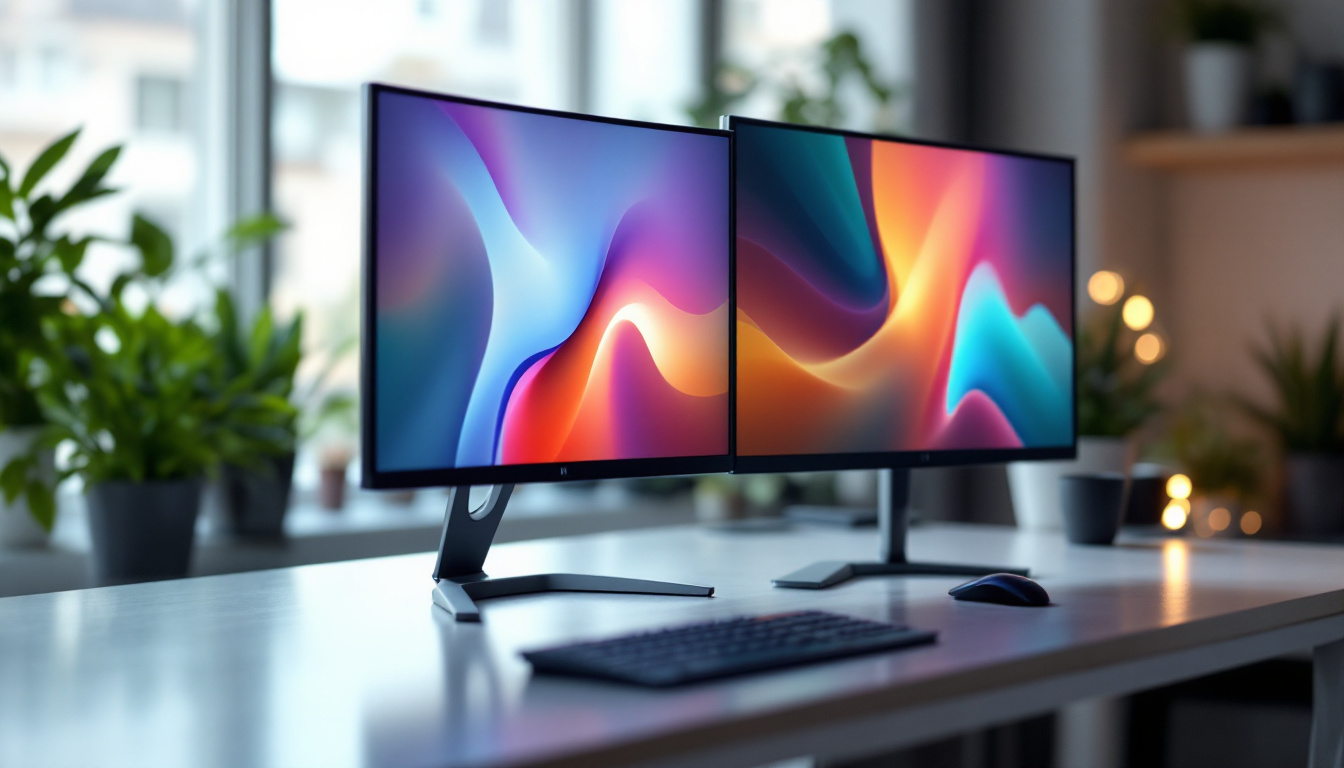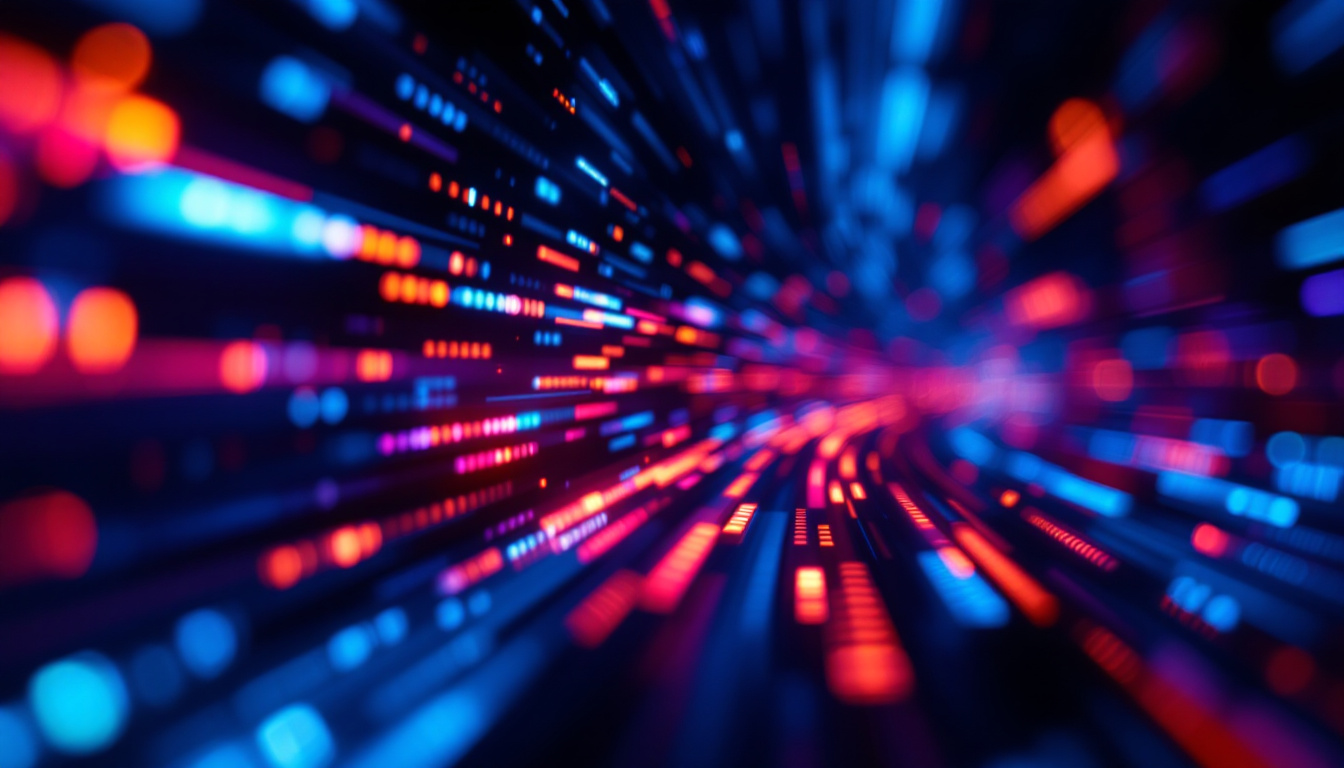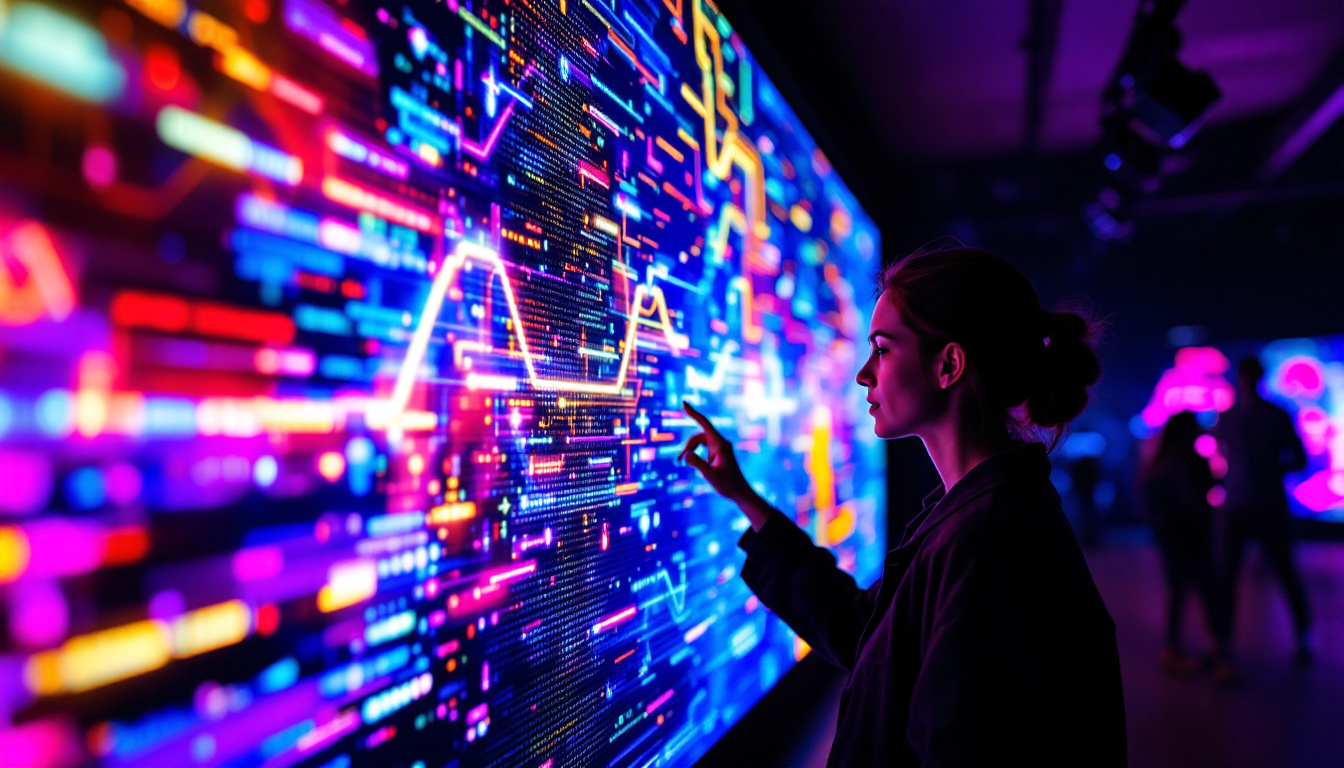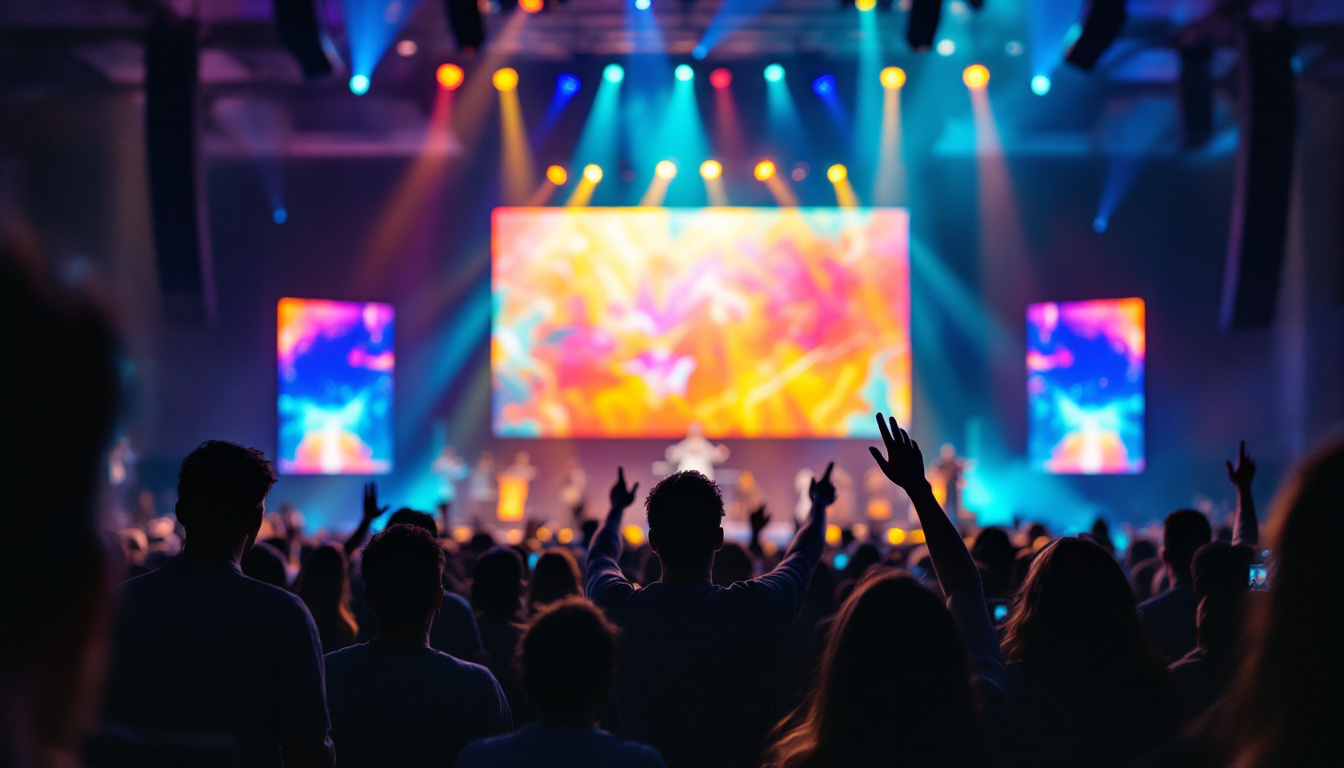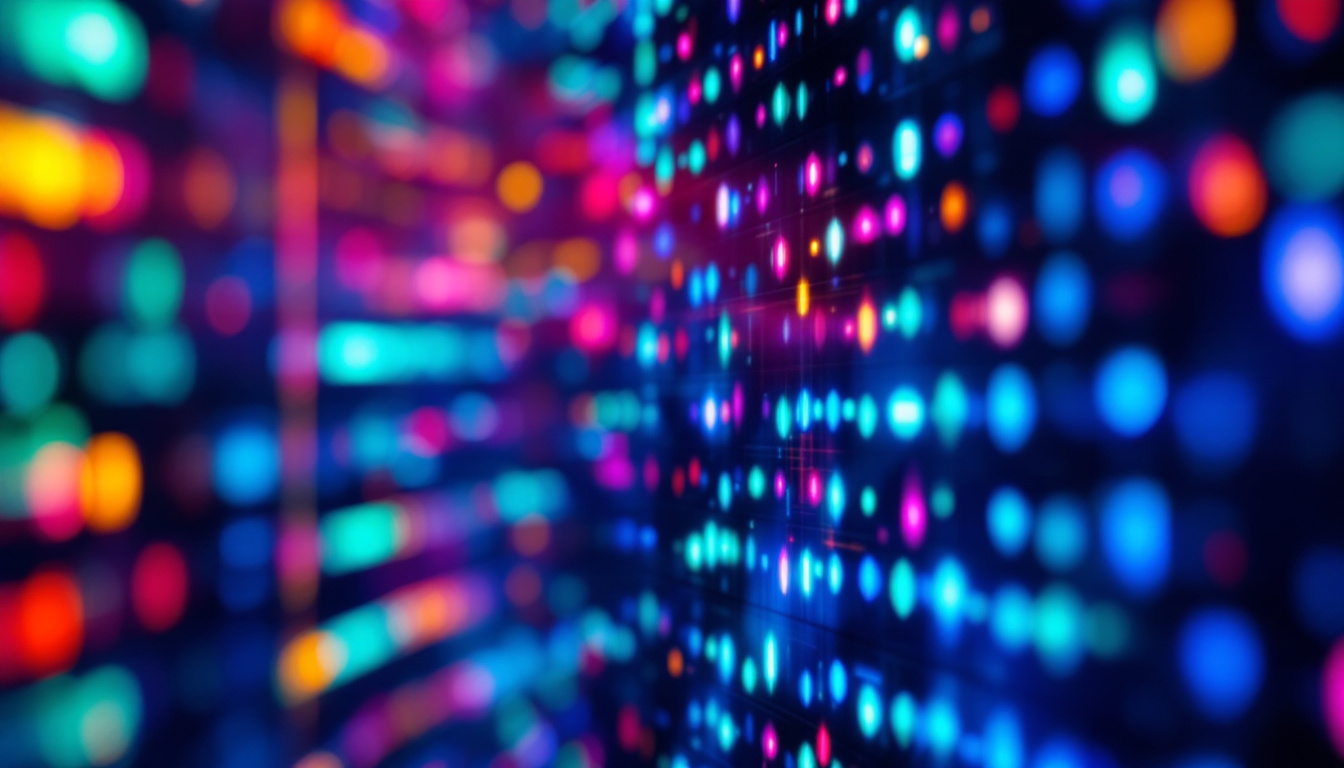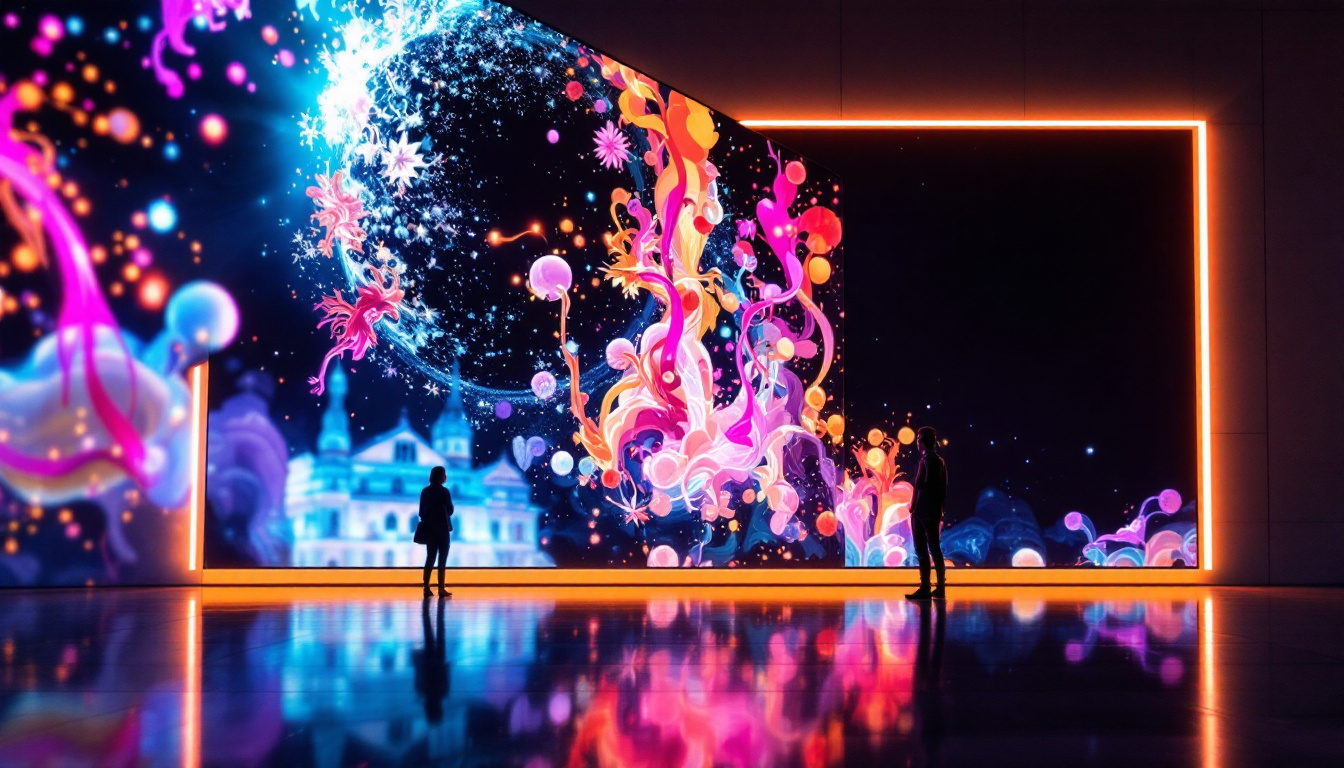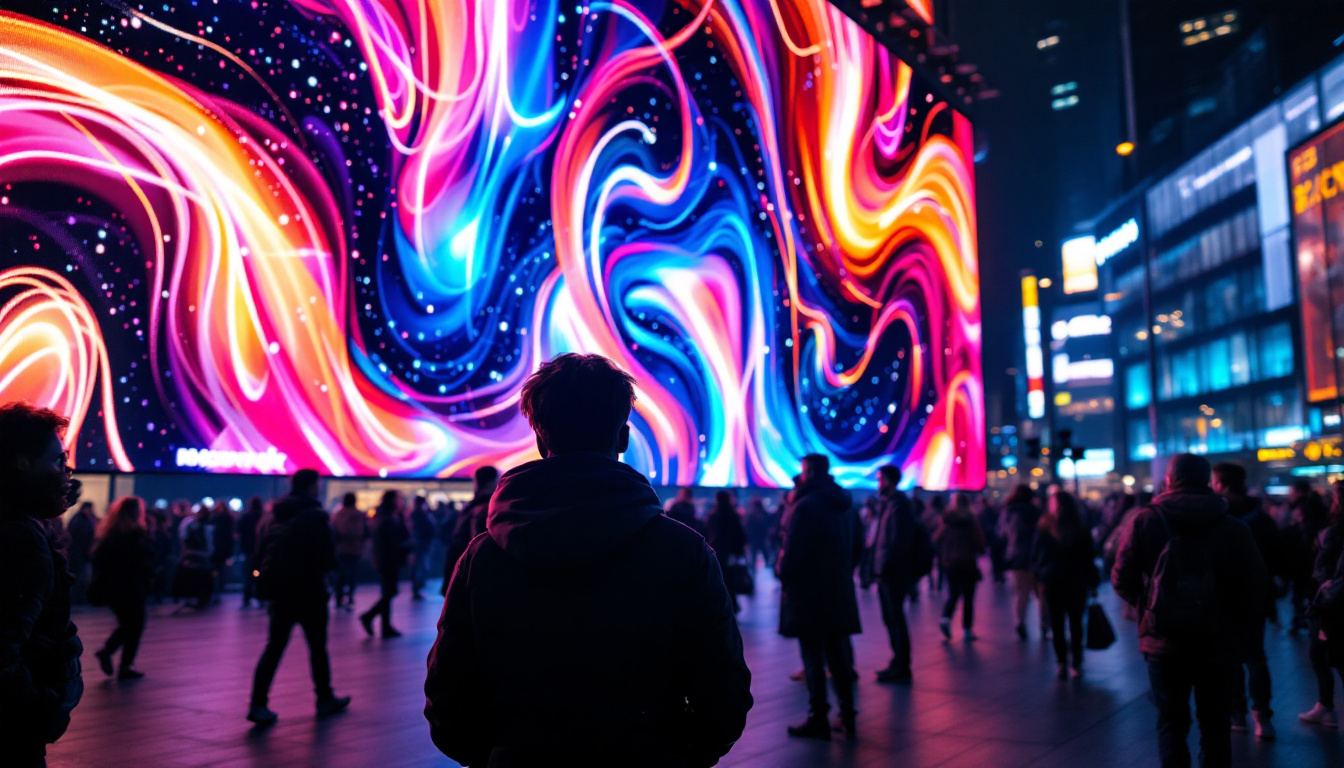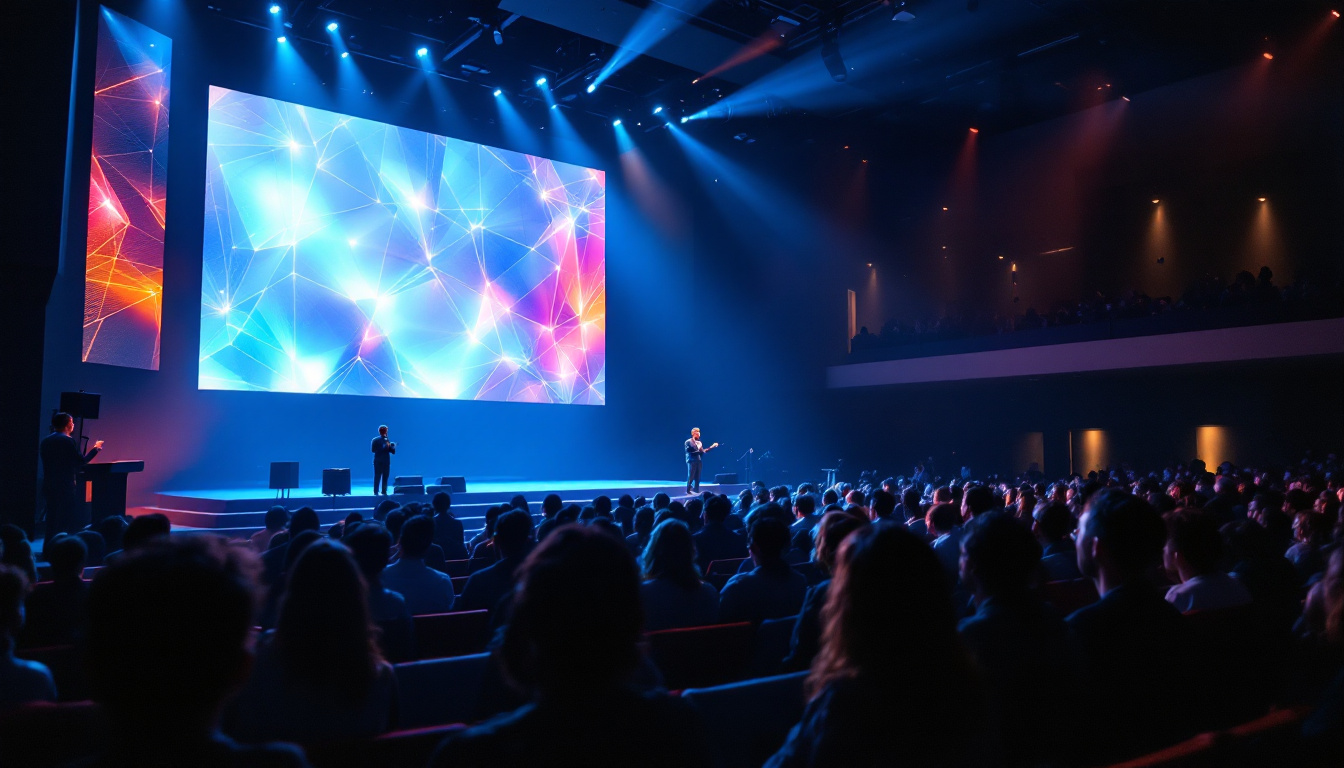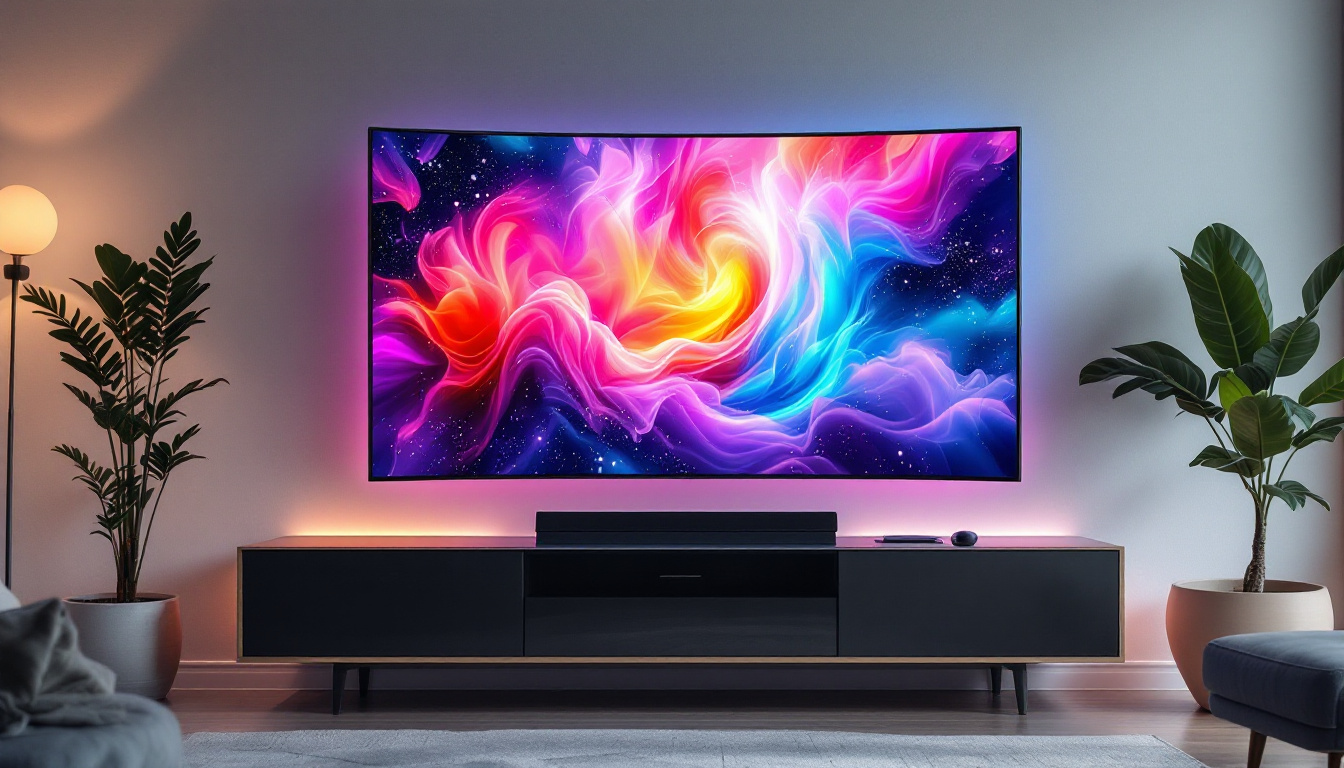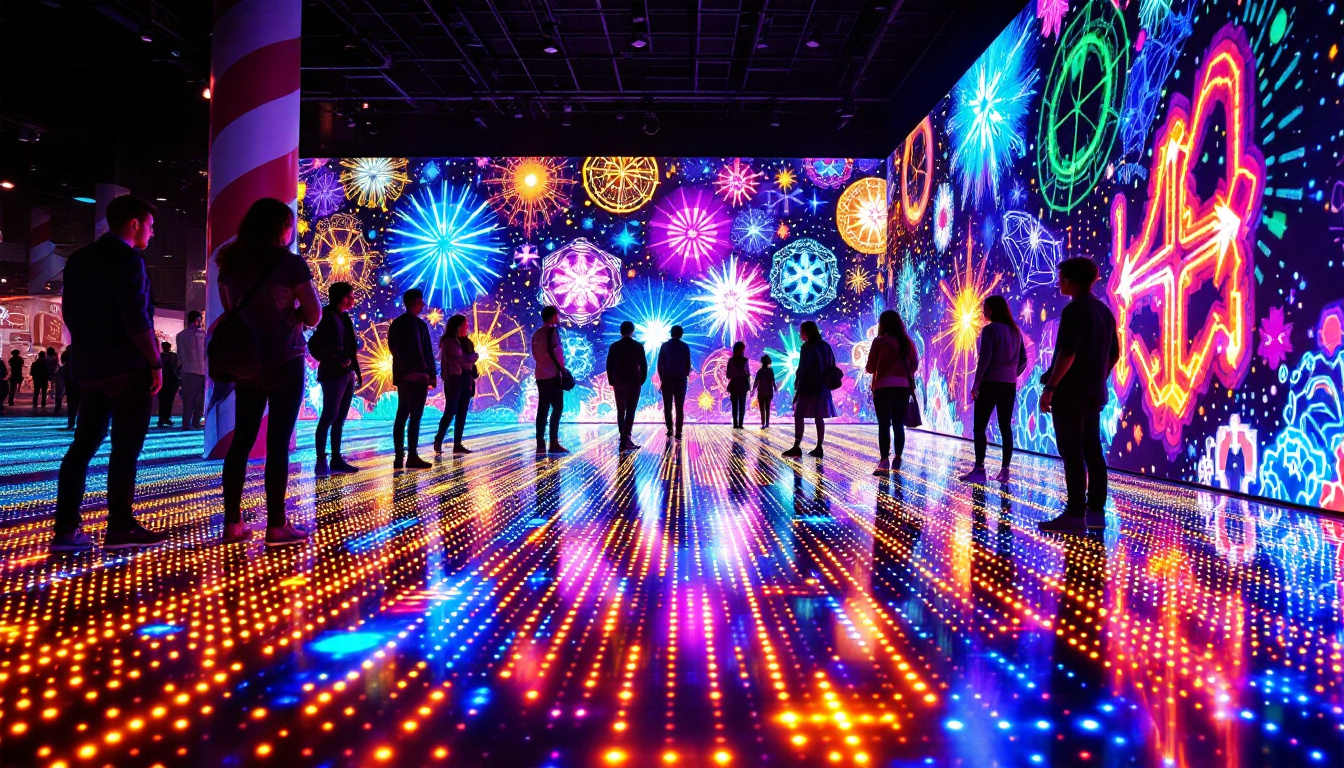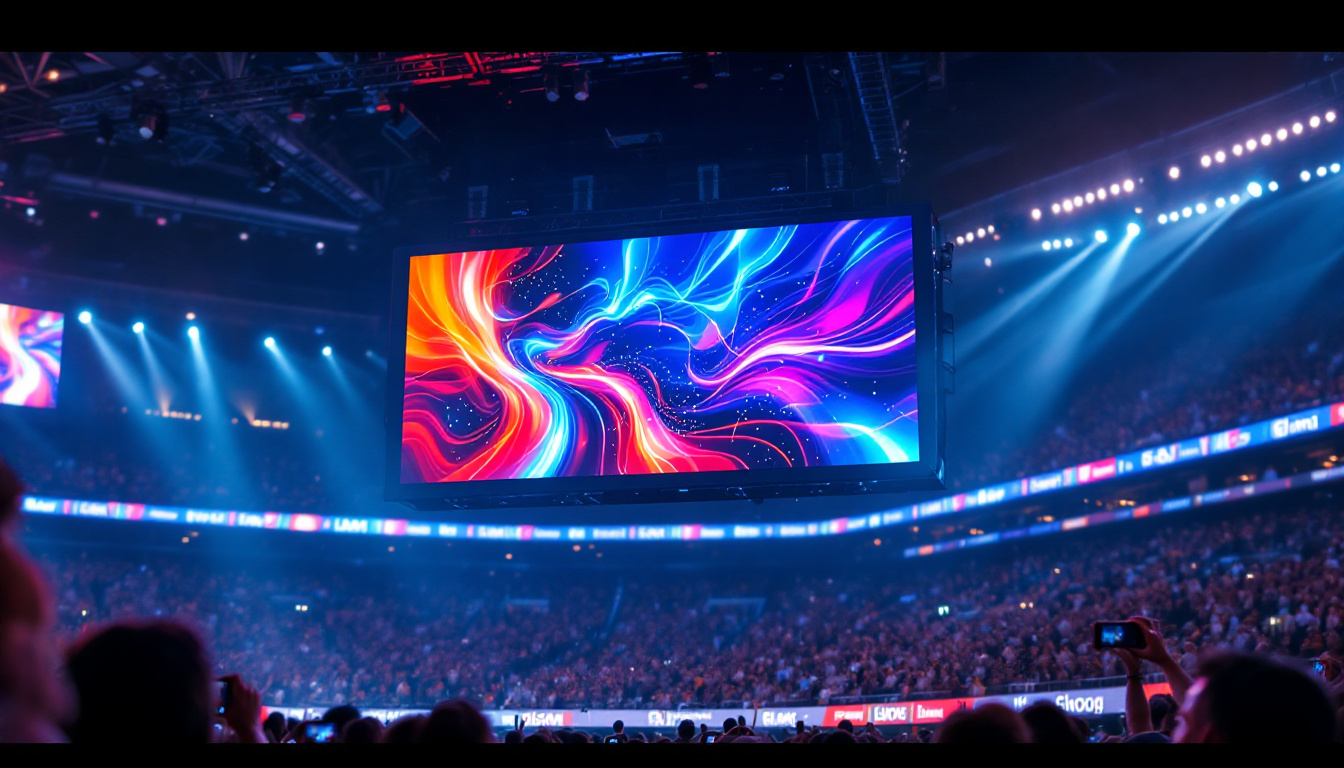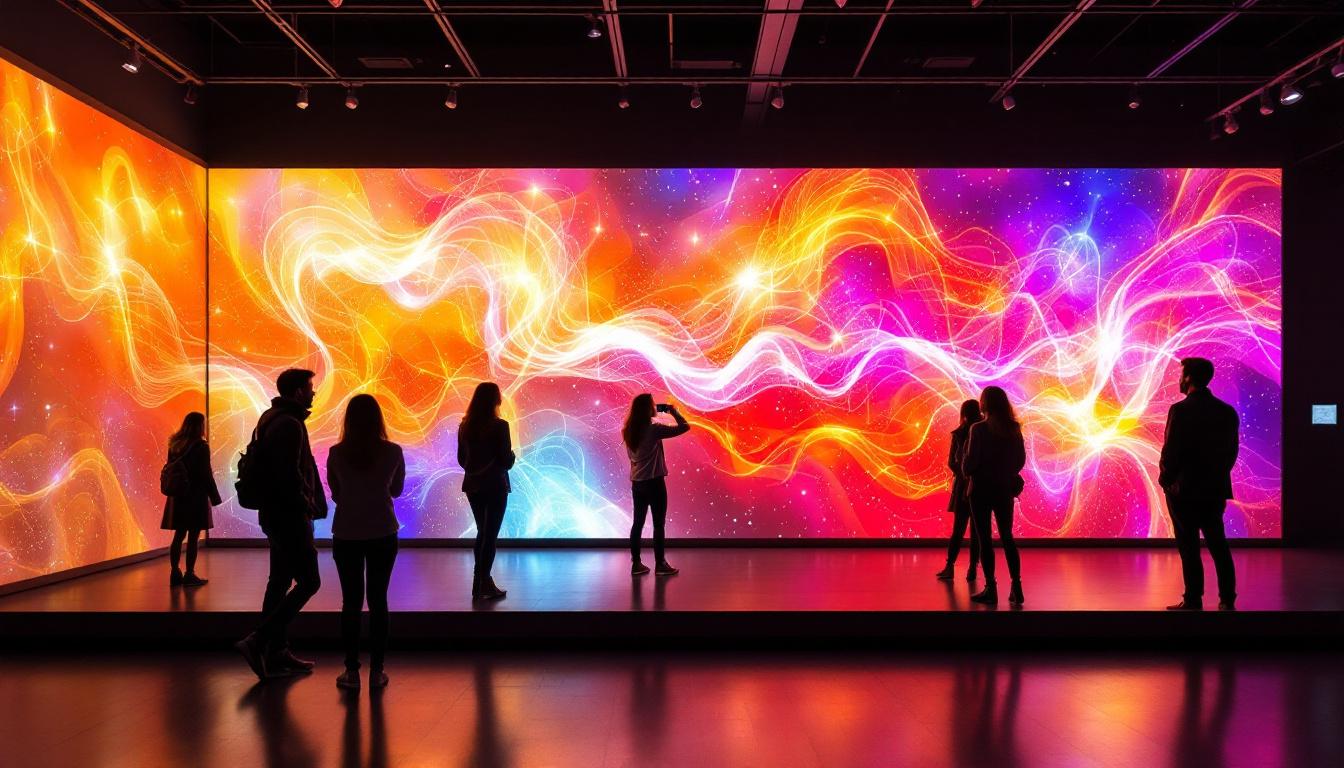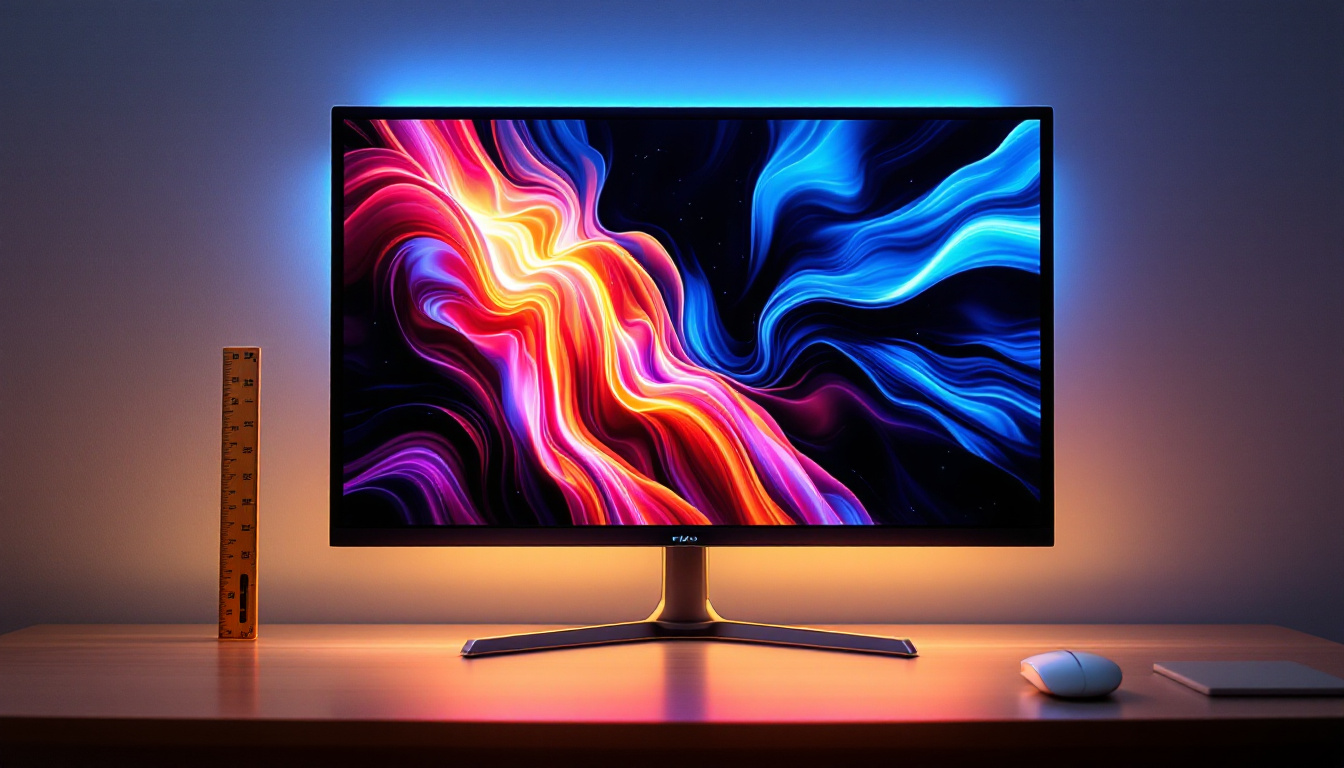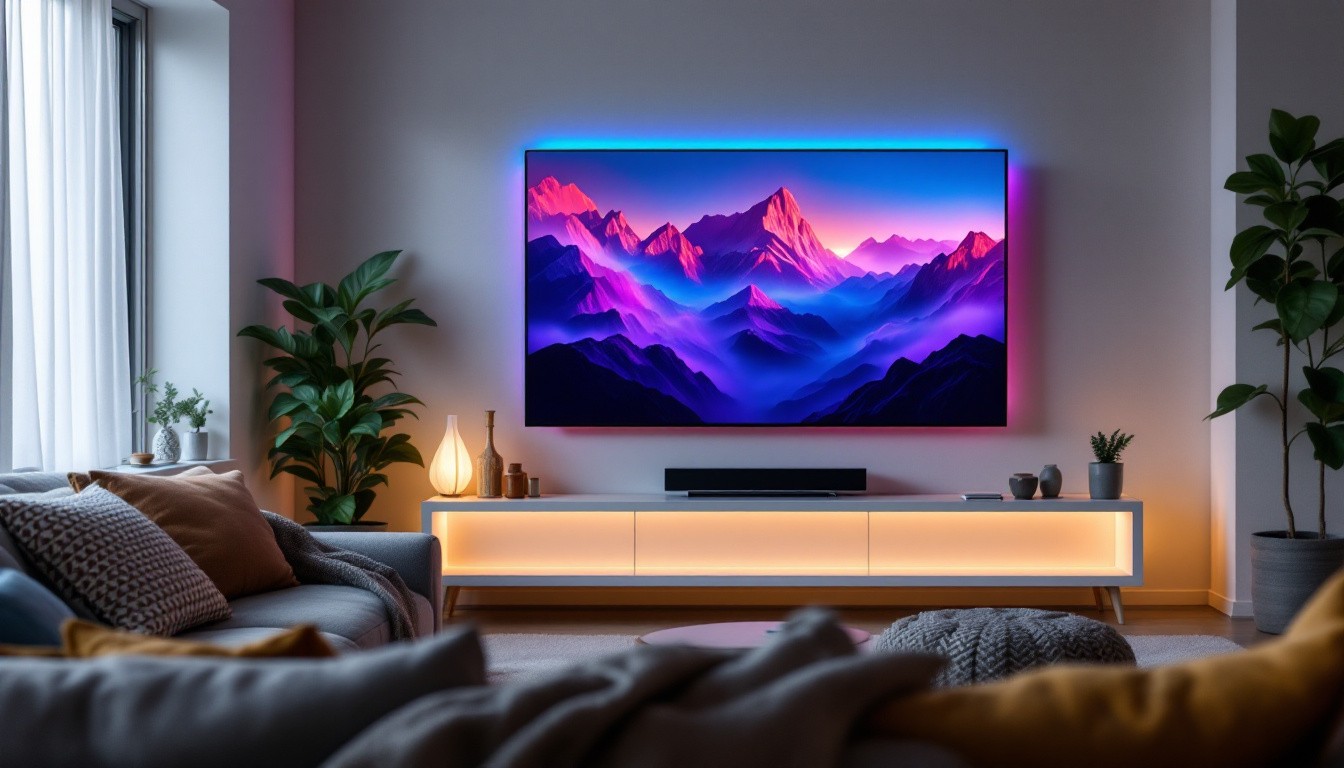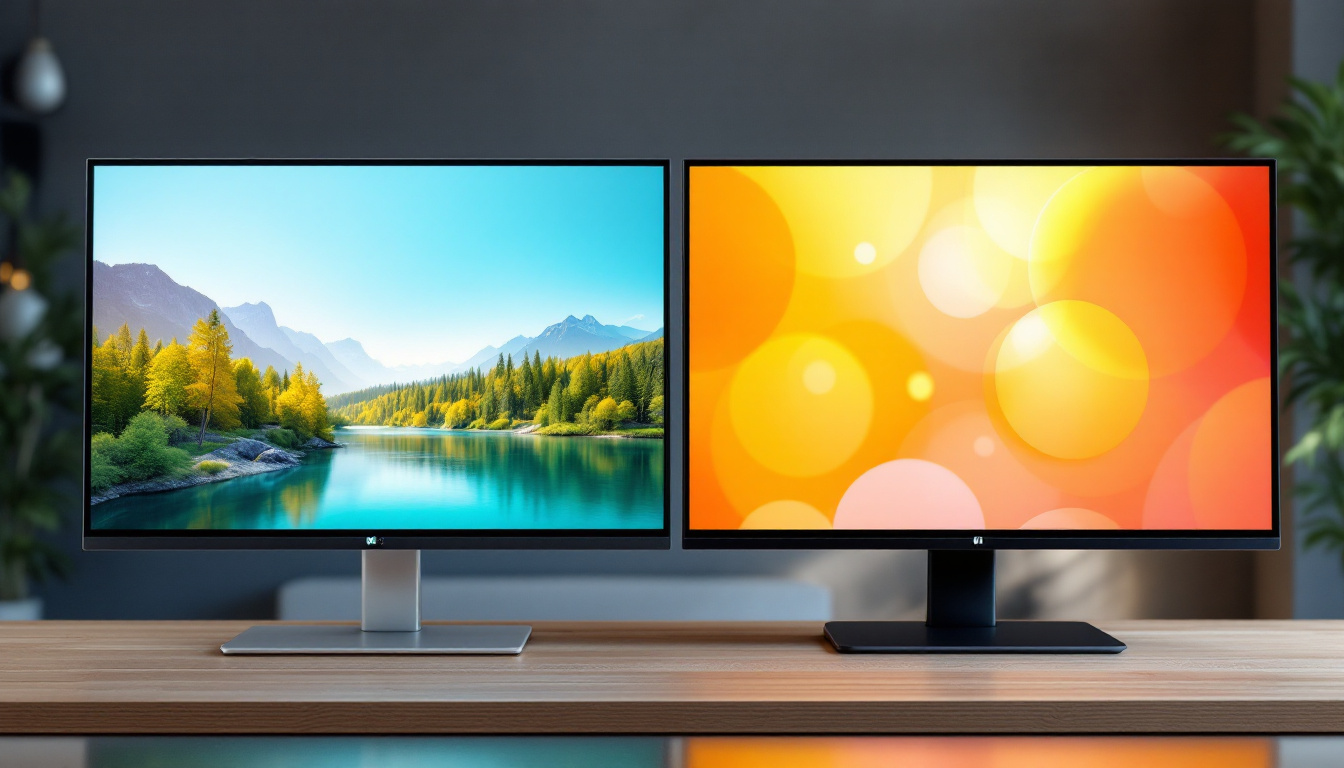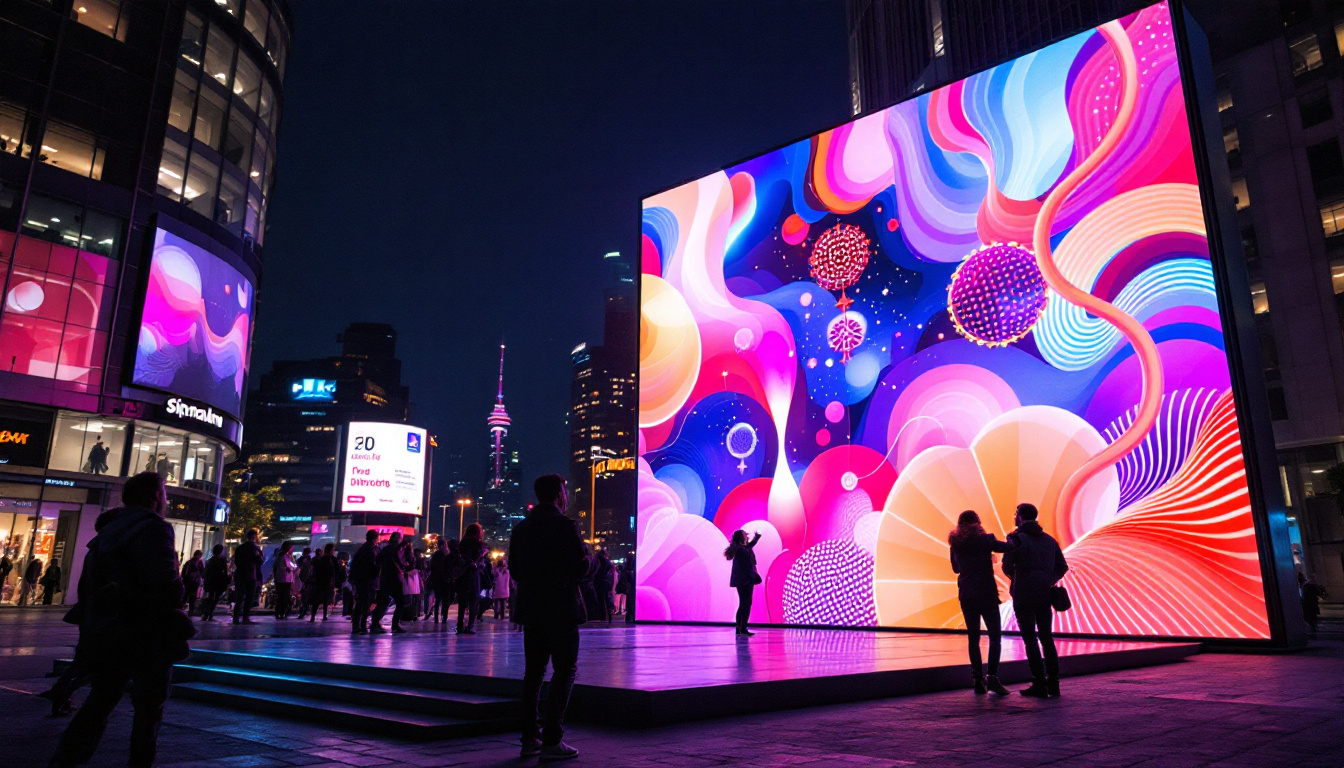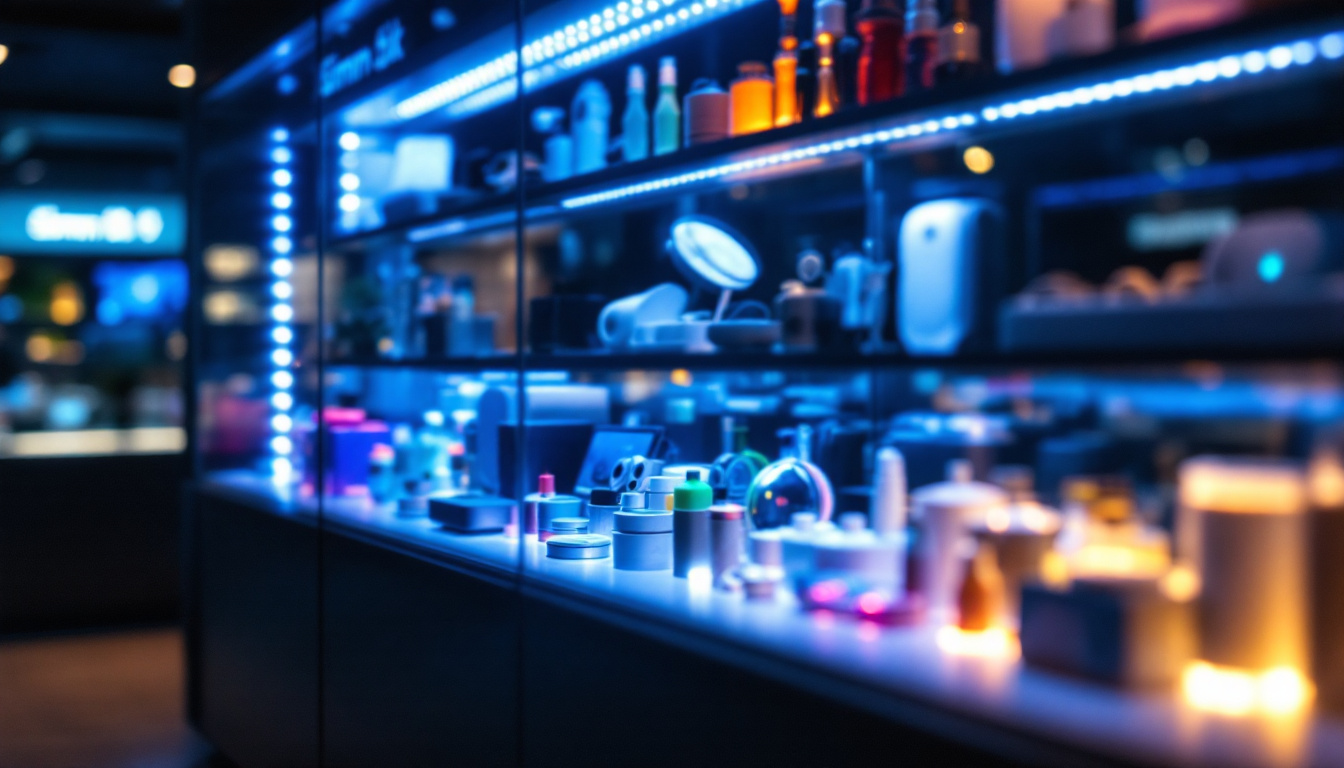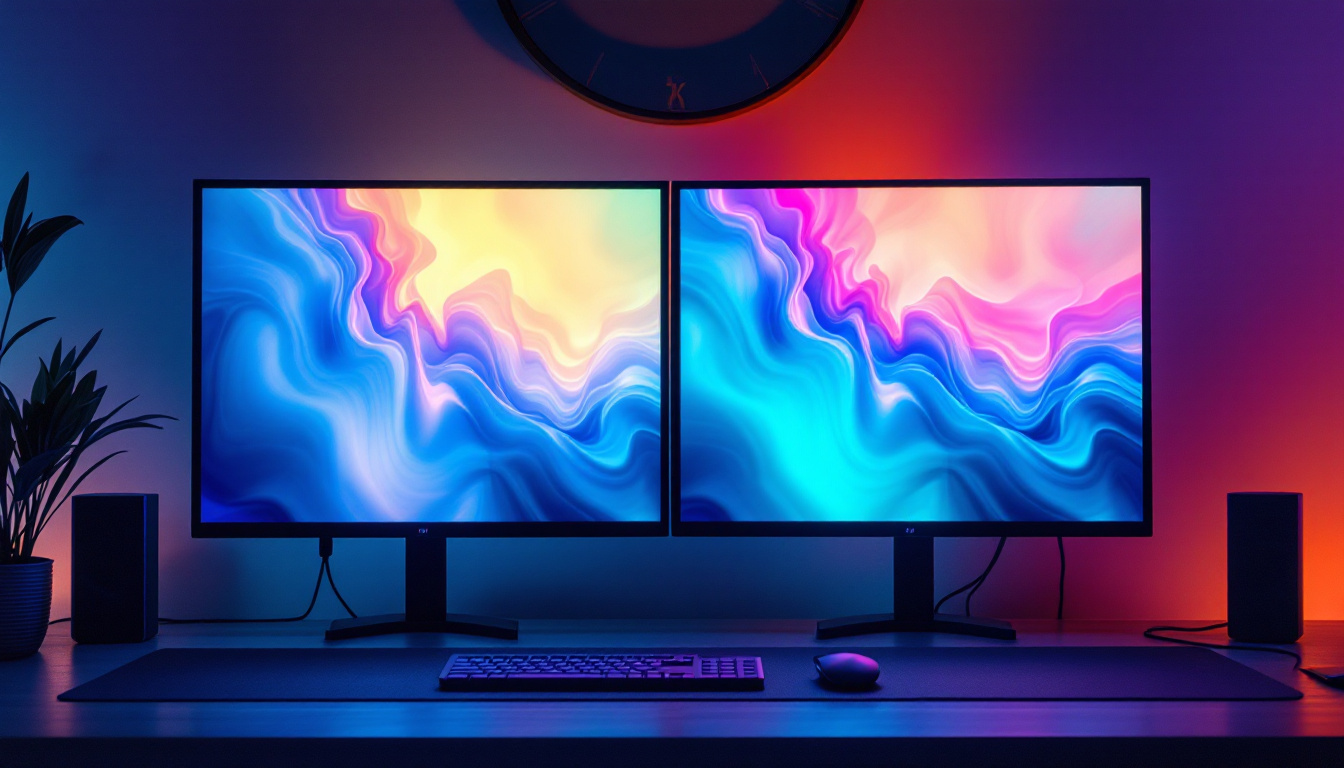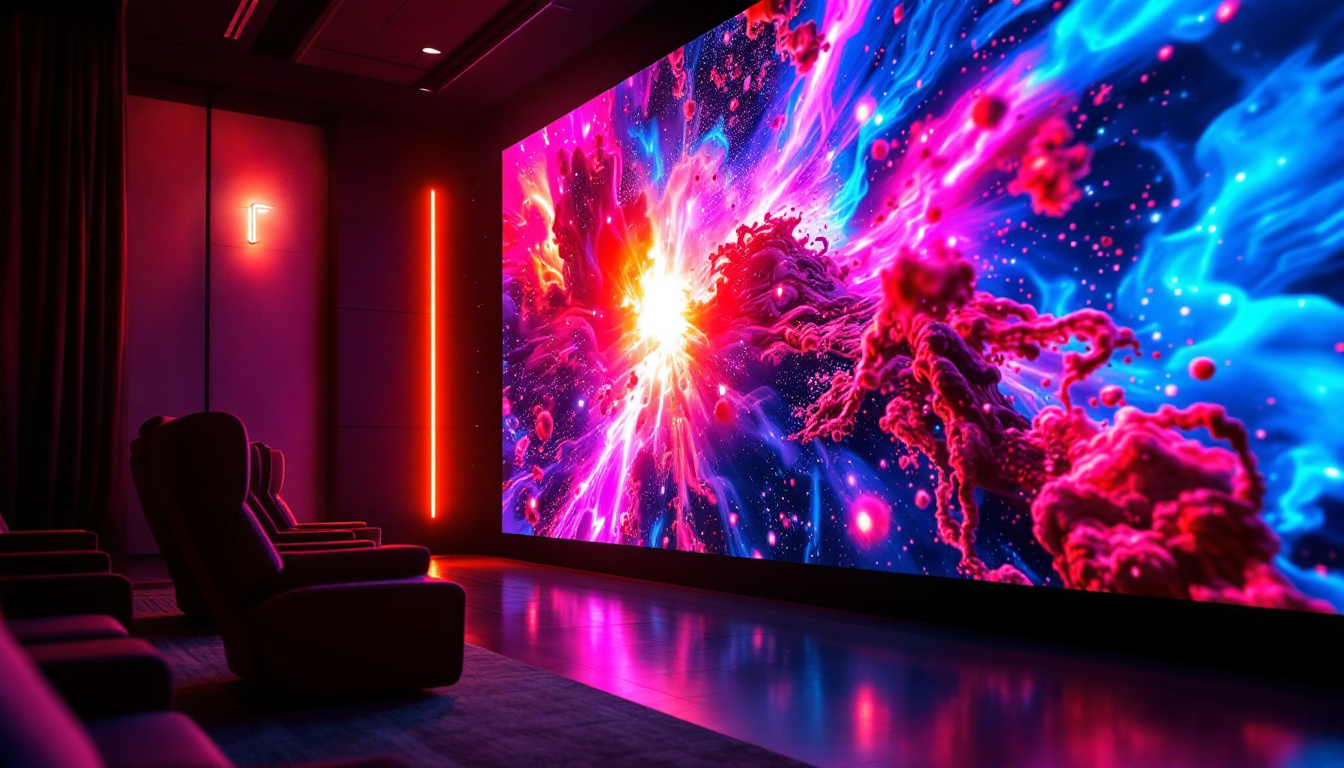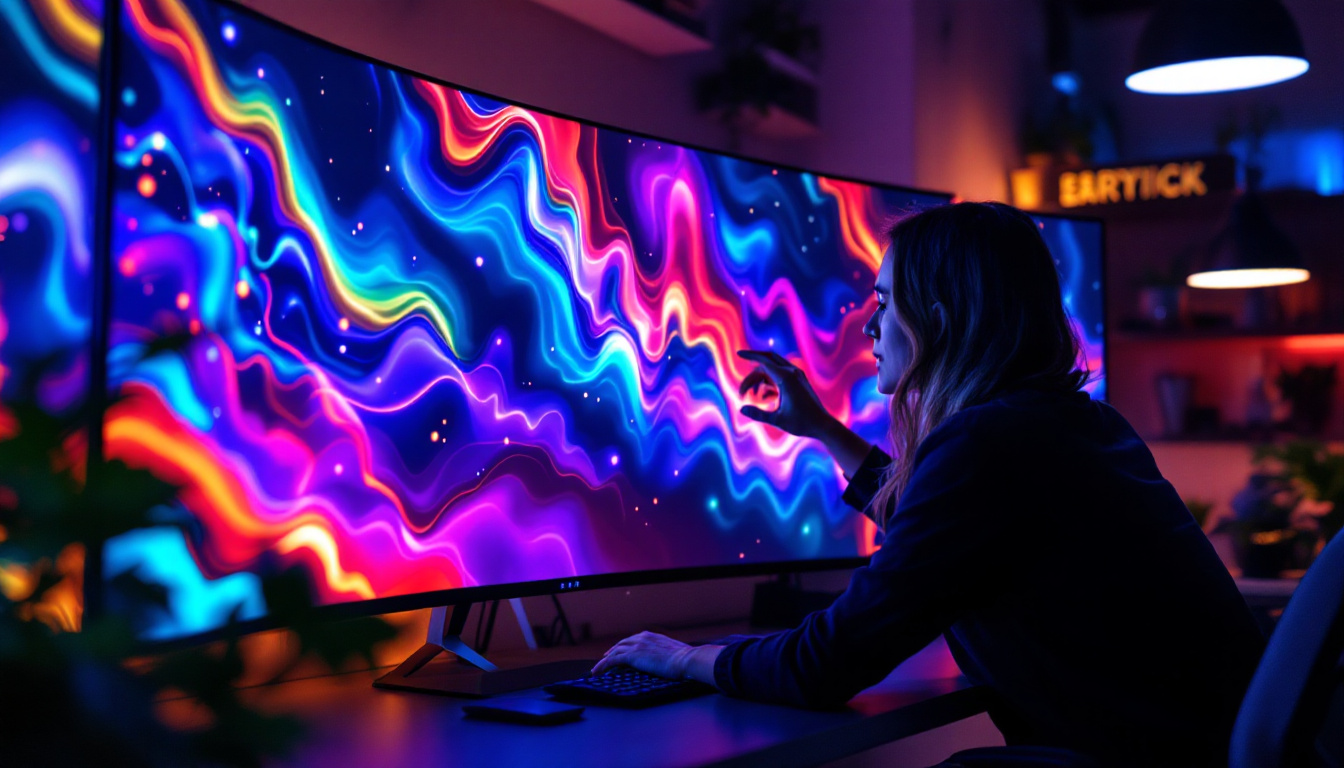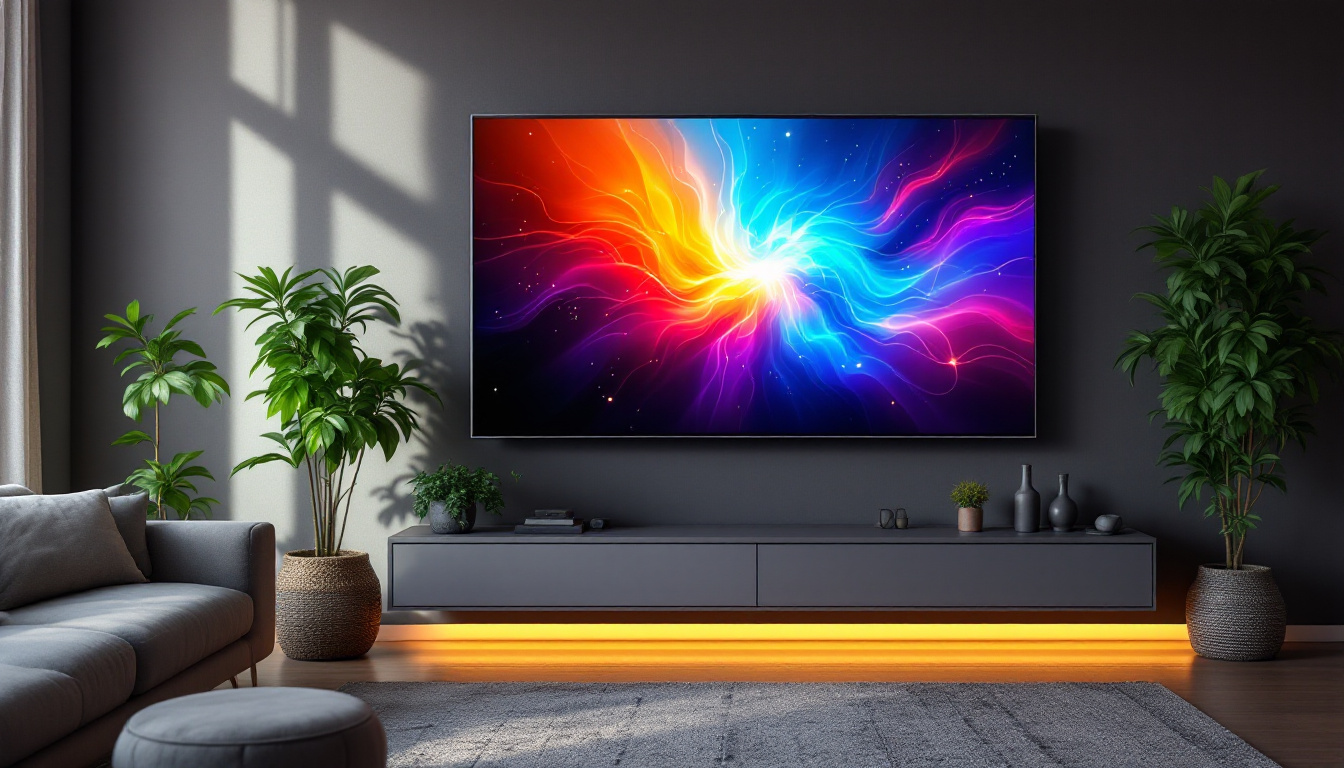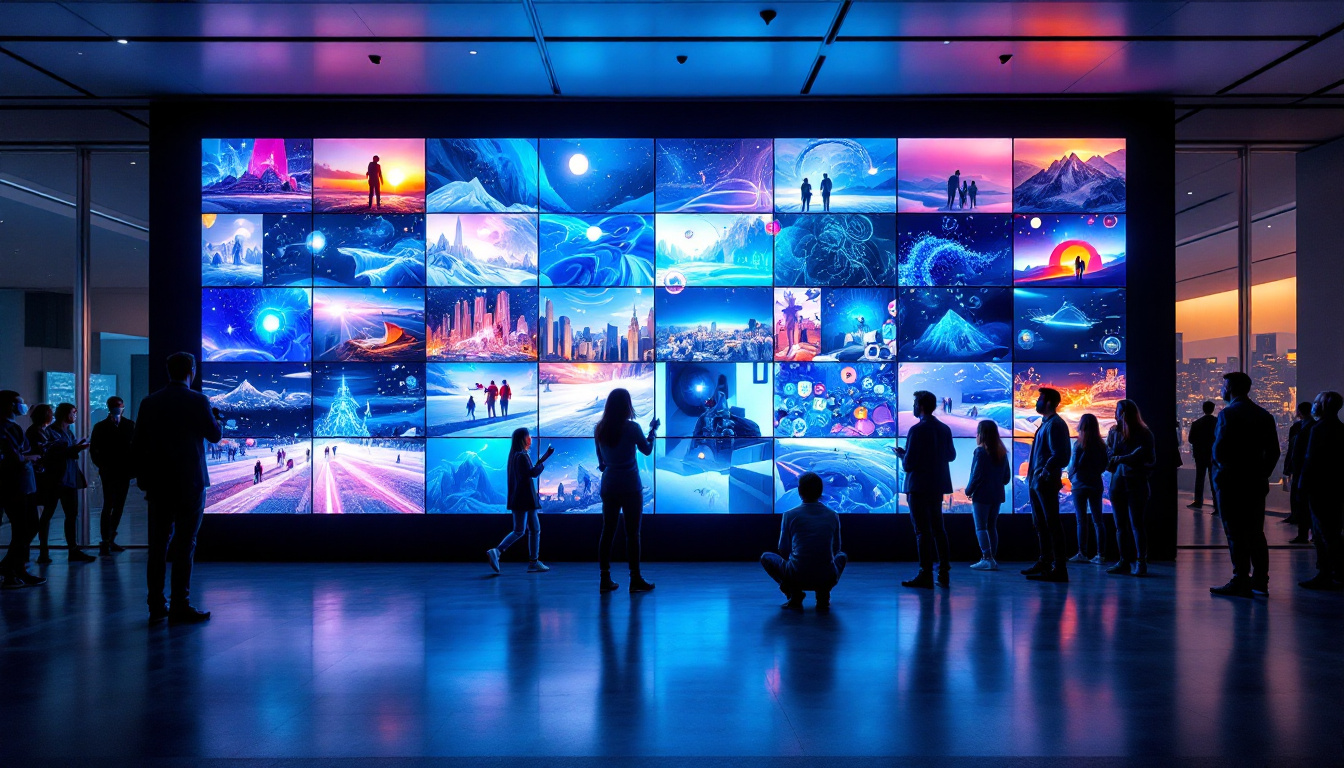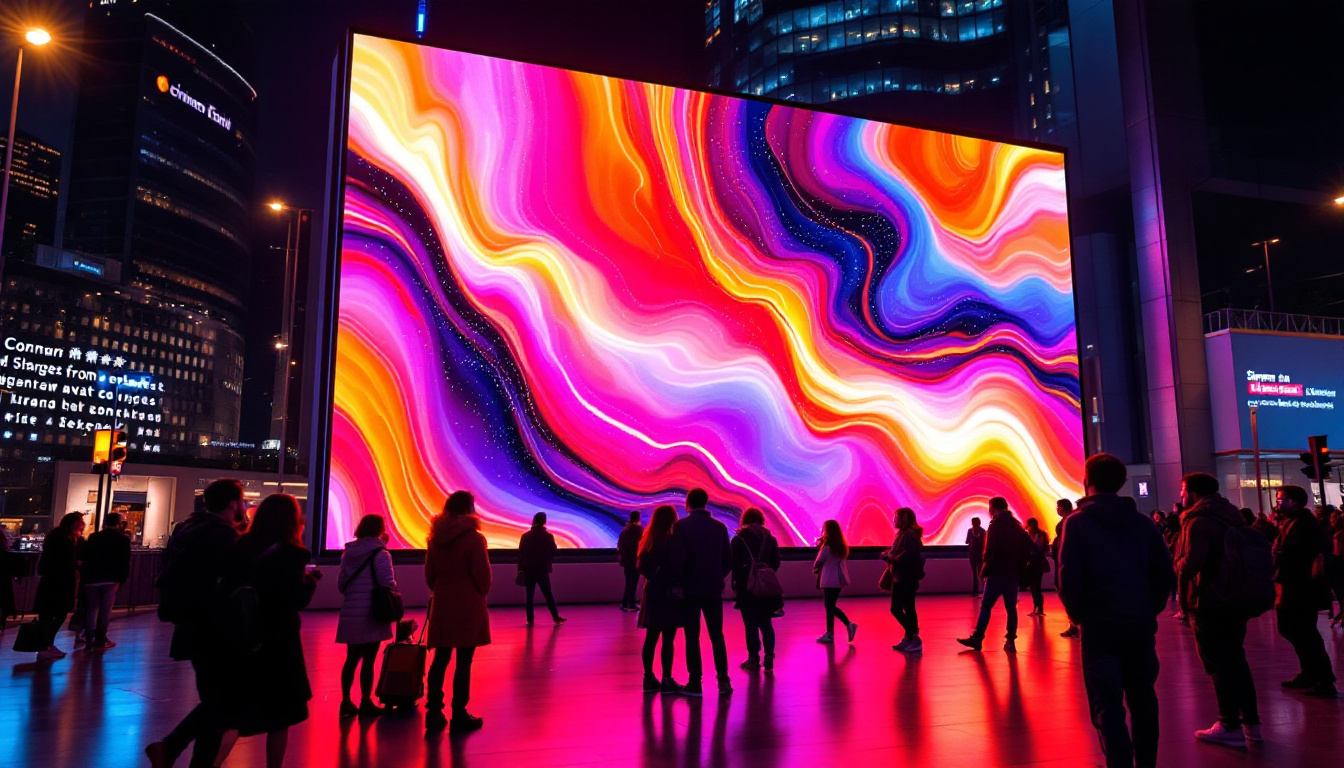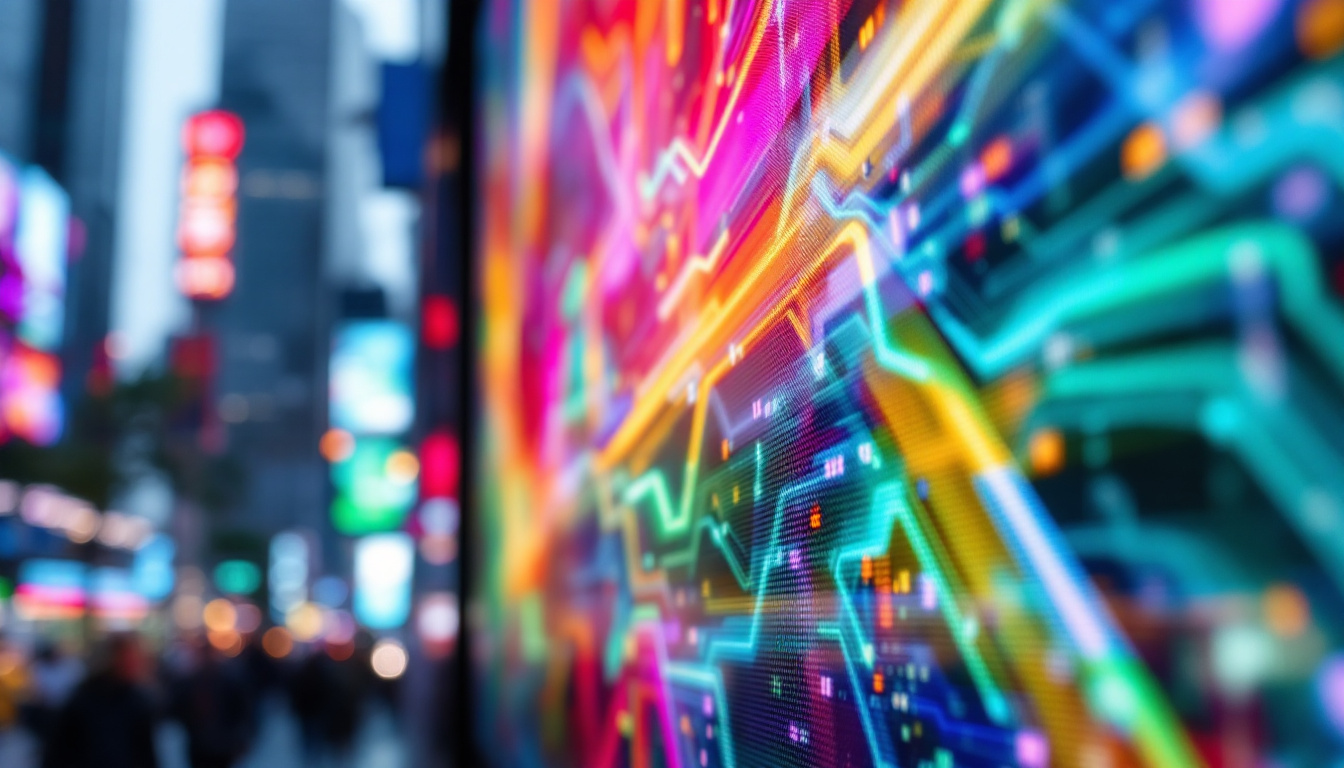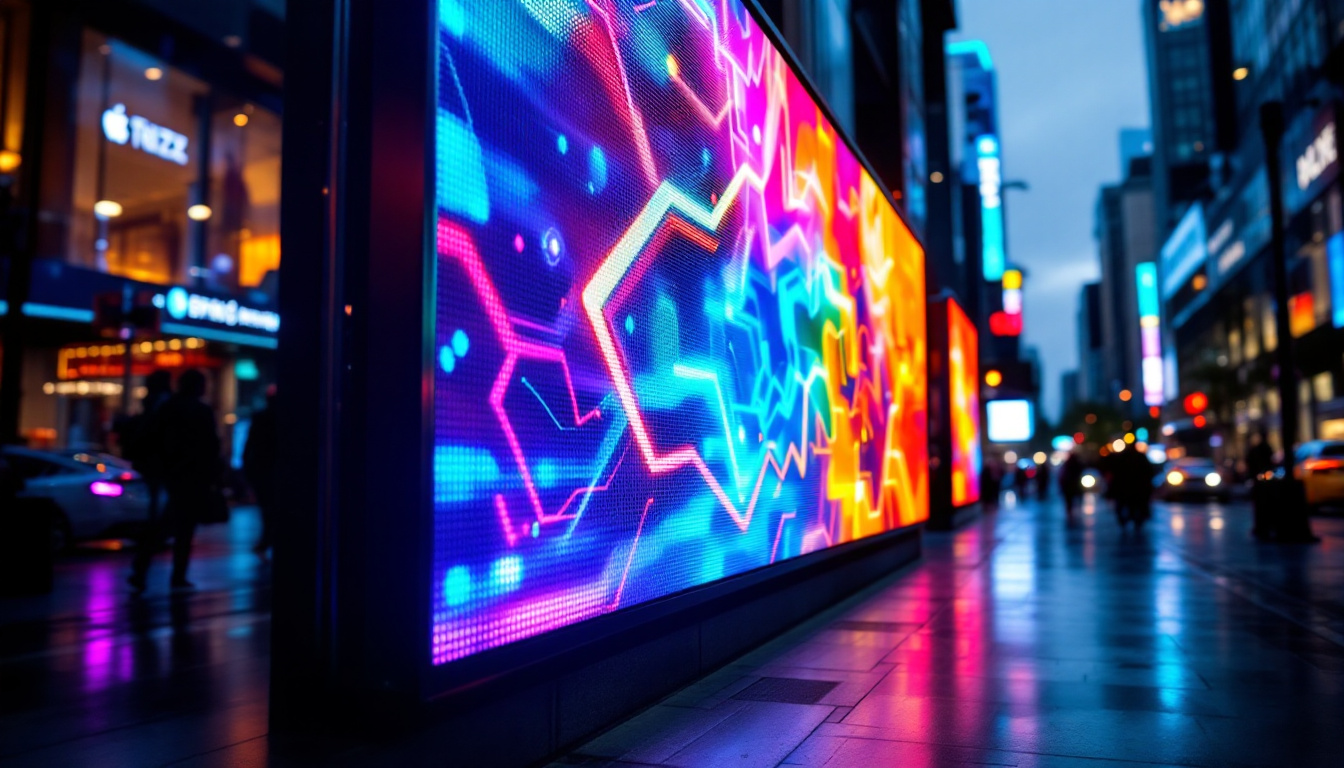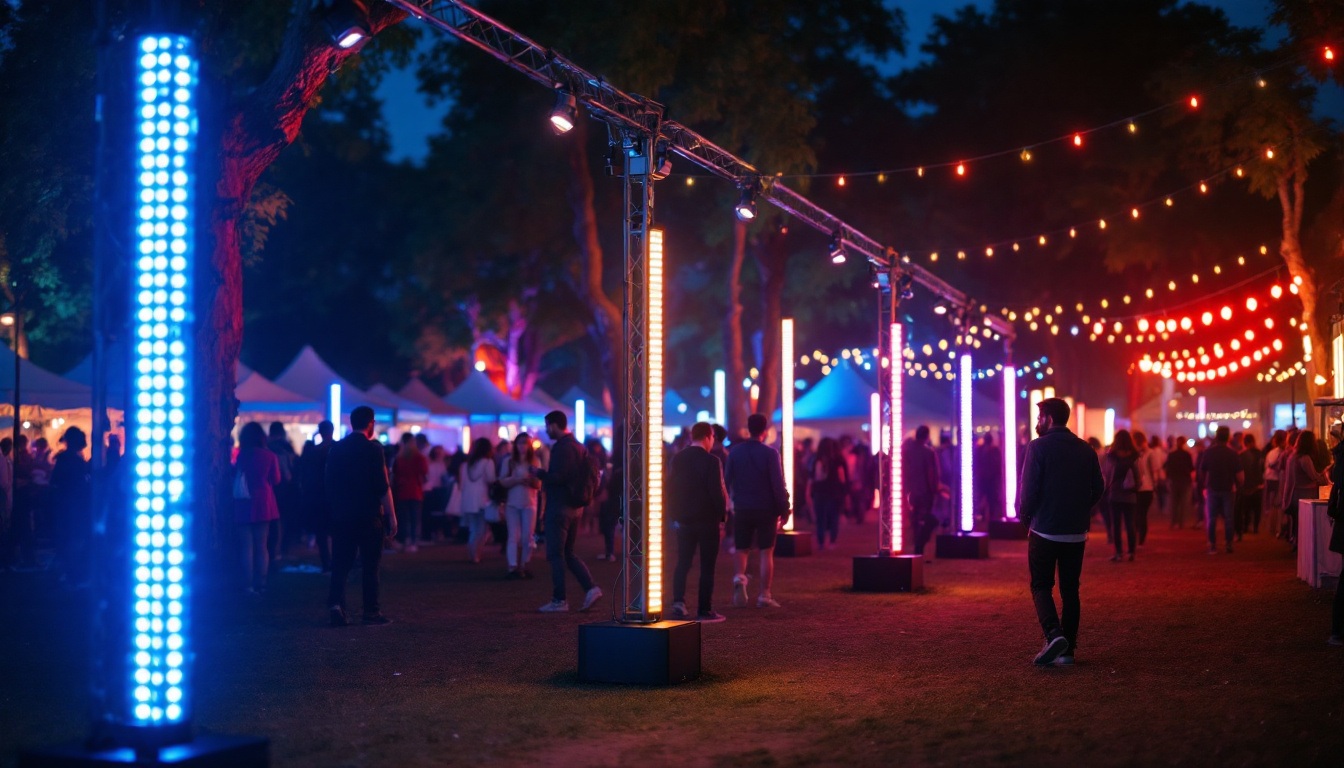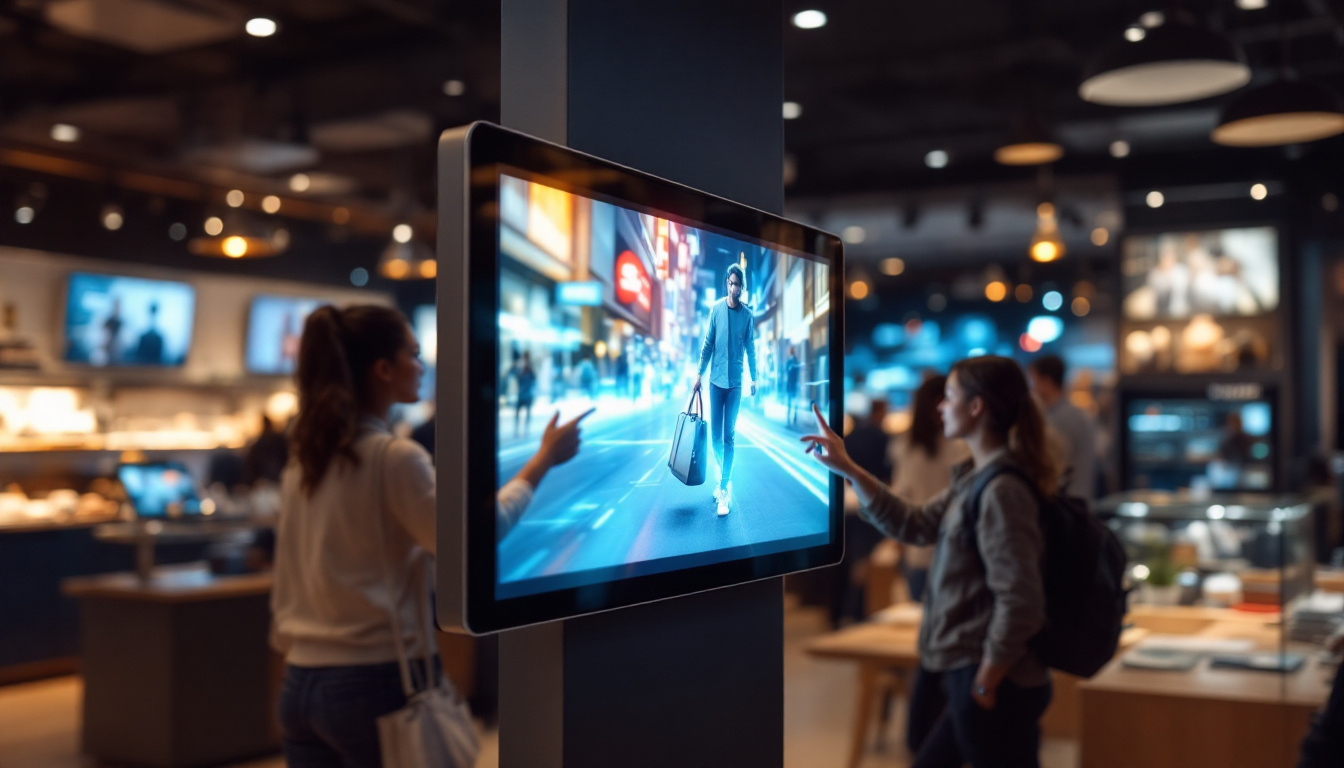In the realm of modern technology, LED displays have emerged as a dominant force, revolutionizing the way information is presented across various platforms. Their vibrant colors, energy efficiency, and versatility make them an ideal choice for both commercial and personal use. This article delves into the intricacies of LED displays, exploring their functionality, applications, and the future of this innovative technology.
Understanding LED Technology
LED, or Light Emitting Diode, is a semiconductor device that emits light when an electric current passes through it. This technology has evolved significantly since its inception, leading to the development of various types of LED displays, each tailored for specific applications. The journey of LED technology began in the early 1960s, when the first visible light LED was developed, primarily emitting red light. Over the decades, advancements in materials and manufacturing processes have allowed for the creation of LEDs that can emit a full spectrum of colors, revolutionizing the lighting and display industries.
The Basics of LED Operation
At its core, an LED operates on a simple principle: when electrons recombine with holes in a semiconductor, energy is released in the form of photons, creating light. This process is highly efficient, resulting in lower energy consumption compared to traditional lighting technologies. Unlike incandescent bulbs, which waste a significant amount of energy as heat, LEDs convert most of the energy they consume into light, making them an environmentally friendly choice. Additionally, their longevity—often lasting tens of thousands of hours—further enhances their appeal as a sustainable lighting solution.
LEDs can produce a range of colors depending on the materials used in the semiconductor. By combining red, green, and blue LEDs, a full spectrum of colors can be achieved, which is fundamental for creating vibrant displays. This RGB combination is not only crucial for visual aesthetics but also allows for dynamic color changes and effects, making LEDs popular in decorative lighting and artistic installations. Furthermore, advancements in technology have led to the development of white LEDs, which are now widely used in residential and commercial lighting, providing a bright and efficient alternative to traditional bulbs.
Types of LED Displays
LED displays come in various forms, each designed to cater to different needs. The most common types include:
- Direct View LED Displays: These displays consist of individual LED modules that create images by directly emitting light. They are often used in outdoor advertising and large venues, where their brightness and visibility in sunlight are significant advantages. The modular nature of direct view displays allows for flexibility in size and shape, making them suitable for everything from billboards to stadium screens.
- LED Video Walls: Composed of multiple LED panels, video walls can display high-resolution images and videos, making them ideal for concerts, sports events, and corporate presentations. The seamless integration of panels creates a large canvas for dynamic content, and with advancements in pixel density, video walls can now achieve stunning clarity even at close viewing distances.
- OLED Displays: Organic Light Emitting Diodes (OLEDs) are a type of LED technology that offers superior contrast and color accuracy. They are commonly used in high-end televisions and smartphones. Unlike traditional LEDs that require a backlight, OLEDs emit light individually from each pixel, resulting in deeper blacks and a more immersive viewing experience. This technology has opened new avenues for creative design, allowing for ultra-thin screens that can be curved or even flexible.
In addition to these common types, there are also specialized LED displays such as transparent LEDs, which are gaining traction in retail and architectural applications. These displays allow for visibility through the screen while still providing vibrant imagery, making them perfect for storefronts and exhibitions. As the technology continues to advance, we can expect to see even more innovative applications of LED displays across various industries, enhancing both functionality and aesthetics in our everyday environments.
Applications of LED Displays
LED displays have found their way into numerous sectors, showcasing their versatility and adaptability. From advertising to entertainment, the applications are vast and varied.
Advertising and Marketing
One of the most prominent uses of LED displays is in advertising. digital billboards and signage have transformed the landscape of outdoor advertising, allowing businesses to reach a wider audience with dynamic content. The ability to change advertisements in real-time enables marketers to tailor their messages based on time, location, and audience demographics.
Moreover, LED displays can be integrated with social media feeds, enabling brands to engage with their customers in innovative ways. This interactivity not only enhances brand visibility but also fosters a connection with the audience.
Entertainment and Events
In the entertainment industry, LED displays play a crucial role in enhancing the viewer experience. Concerts, festivals, and sporting events utilize large LED screens to broadcast live performances and highlight key moments. The vibrant colors and high brightness ensure that the visuals are captivating, even in daylight.
Furthermore, LED technology allows for creative stage designs, where screens can be used as backdrops or even as part of the performance itself. This versatility has made LED displays a staple in modern event production.
Corporate and Educational Use
In corporate environments, LED displays are increasingly used for presentations, conferences, and training sessions. Their ability to display high-resolution content makes them ideal for showcasing data, graphics, and videos effectively. Additionally, many companies are opting for LED screens in their lobbies and waiting areas to provide information and enhance the overall ambiance.
educational institutions also benefit from LED technology, using displays for interactive learning experiences. From classrooms to auditoriums, LED screens facilitate better engagement among students and educators, making lessons more dynamic and visually appealing.
Advantages of LED Displays
The popularity of LED displays can be attributed to several advantages that set them apart from traditional display technologies. Understanding these benefits can help businesses and consumers make informed decisions when investing in display solutions.
Energy Efficiency
One of the most significant advantages of LED displays is their energy efficiency. Compared to traditional incandescent and fluorescent lighting, LEDs consume significantly less power, leading to reduced electricity bills and a smaller carbon footprint. This energy efficiency is particularly beneficial for large-scale installations, such as outdoor billboards and video walls.
Longevity and Durability
LED displays are known for their long lifespan, often exceeding 50,000 hours of use. This longevity translates into lower maintenance costs and fewer replacements over time. Additionally, LED technology is more robust and resistant to shock and vibration, making it suitable for various environments, including outdoor settings.
High Brightness and Contrast
LED displays offer superior brightness levels, making them ideal for outdoor use where sunlight can wash out the visuals. The high contrast ratios also ensure that images and videos are sharp and vibrant, enhancing the overall viewing experience. This capability is essential for applications where clarity and detail are paramount, such as in advertising and entertainment.
Challenges and Considerations
While LED displays offer numerous advantages, there are also challenges and considerations that potential users should be aware of. Addressing these issues can help ensure a successful implementation of LED technology.
Initial Costs
The initial investment for LED displays can be higher than that of traditional display technologies. However, it is essential to consider the long-term savings associated with energy efficiency and reduced maintenance costs. Businesses should conduct a cost-benefit analysis to determine the return on investment over time.
Viewing Angles
Another consideration is the viewing angle of LED displays. While many modern LED screens offer wide viewing angles, some lower-quality displays may have limited visibility from certain angles. It is crucial to choose high-quality products that ensure consistent image quality from various positions.
Heat Generation
LED displays can generate heat during operation, especially in large installations. Proper ventilation and cooling solutions may be necessary to prevent overheating and ensure optimal performance. This consideration is particularly important for outdoor displays exposed to direct sunlight.
The Future of LED Displays
The future of LED displays looks promising, with ongoing advancements in technology and design. Emerging trends are set to shape the industry and expand the possibilities for LED applications.
MicroLED Technology
MicroLED is an innovative technology that utilizes tiny individual LEDs to create displays with exceptional resolution and color accuracy. This technology promises to deliver even better performance than traditional LED displays, with the potential for thinner, lighter screens that can be seamlessly integrated into various environments.
As MicroLED technology matures, it is expected to find applications in everything from high-end televisions to augmented reality devices, further enhancing the user experience across multiple platforms.
Integration with Smart Technology
The integration of LED displays with smart technology is another trend gaining momentum. Smart LED screens can connect to the internet, allowing for real-time content updates, remote management, and interactive features. This connectivity opens up new avenues for businesses to engage with their audience and deliver personalized content.
Sustainability Initiatives
As environmental concerns continue to rise, the LED display industry is also focusing on sustainability. Manufacturers are exploring eco-friendly materials and production processes, as well as recycling programs for old displays. These initiatives aim to reduce the environmental impact of LED technology and promote a more sustainable future.
Conclusion
LED displays have transformed the way information is conveyed, offering vibrant visuals and energy efficiency that surpass traditional technologies. With applications spanning advertising, entertainment, and education, the versatility of LED technology is undeniable. As advancements continue to shape the industry, the future holds exciting possibilities for LED displays, making them an integral part of modern communication and engagement strategies.
Investing in LED technology not only enhances visual experiences but also contributes to a more sustainable and efficient future. As businesses and consumers alike embrace this innovative technology, the impact of LED displays will undoubtedly continue to grow, shaping the way we interact with the world around us.
Discover LumenMatrix’s Innovative LED Solutions
Embrace the future of visual communication with LumenMatrix’s comprehensive range of LED display solutions. As a pioneer in the industry, LumenMatrix is committed to enhancing your brand’s presence and creating immersive visual experiences that captivate and engage. From Indoor and Outdoor LED Wall Displays to specialized solutions like Vehicle LED Displays, LED Posters, Sports Displays, and even Custom and All-in-One LED solutions, we have everything you need to make a lasting impression. Experience the revolution in digital signage with our cutting-edge technology designed for maximum impact. Check out LumenMatrix LED Display Solutions today and transform the way you share your message with the world.

